Scroll Down to Read Today’s Essay
Subscribe to Baseball History Comes Alive for automatic updates (sign-up block found in right side-bar)
As a Free Bonus for subscribing, you’ll get instant access to my two Special Reports: Memorable World Series Moments and Gary’s Handy Dandy World Series Reference Guide!
“Jolly Cholly” Grimm and 1930s-40s Cubs” Photo Gallery
Click on any image below to see photos in full size and to start Photo Gallery:
All baseball history fans, especially old Cub fans like me who suffered through decades of front office ineptitude during the P.K. Wrigley years, will enjoy Paul Doyle’s interesting essay today. Paul, with his tongue firmly implanted into his cheek, goes back to the 1930s tying psychology and “science,” as it existed back then, to baseball. We also discover that instead of finding quality ballplayers, P. K. Wrigley was listening to the advice of so-called “psychology experts.” The result: fifty years of Cubs’ mediocrity! Thanks Paul, I feel better now…I think! -GL
(In the featured photo above, we see Cub manager “Jolly Cholly” Grimm, who didn’t fare well in Wrigley’s new “scientific” approach to baseball).
‘
“SCIENCE” AND BASEBALL
A recent comment in the remarks section on Baseball History Comes Alive mentioned the great Hall-of-Famer Pud Galvin injecting a substance into his body thinking it would enhance his performance and getting a leg up on his competitors. It turns out that it was an elixir that involved monkey testosterone, which experts in the 21st century believe may have given Galvin a “Placebo Effect” sense that the formula worked. If anything may have been dangerous and potentially detrimental to his system (although there is no truth to the rumor that Galvin had a craving for banana daiquiris for the rest of his life).
Galvin’s unique theory is just one of the game’s use of “science” that has been around in one form or another since the origins of the game. The Dead Ball Era was full of philosophers who ruled in defining game strategy using the scientific approach of the hit-and-run, stolen base, and every cliché imaginable describing small ball style of play.
Every era has a formula for success (some would say “fad”) which dominates the game until someone or something else comes along that is successful and the “one upmanship” of the prior model is as fashionable as a Nehru suit.
We have had the Connie Mack, John McGraw, Earl Weaver, Tony LaRussa eras of how the game should be tailored. We have had the Chicago Cubs “College of
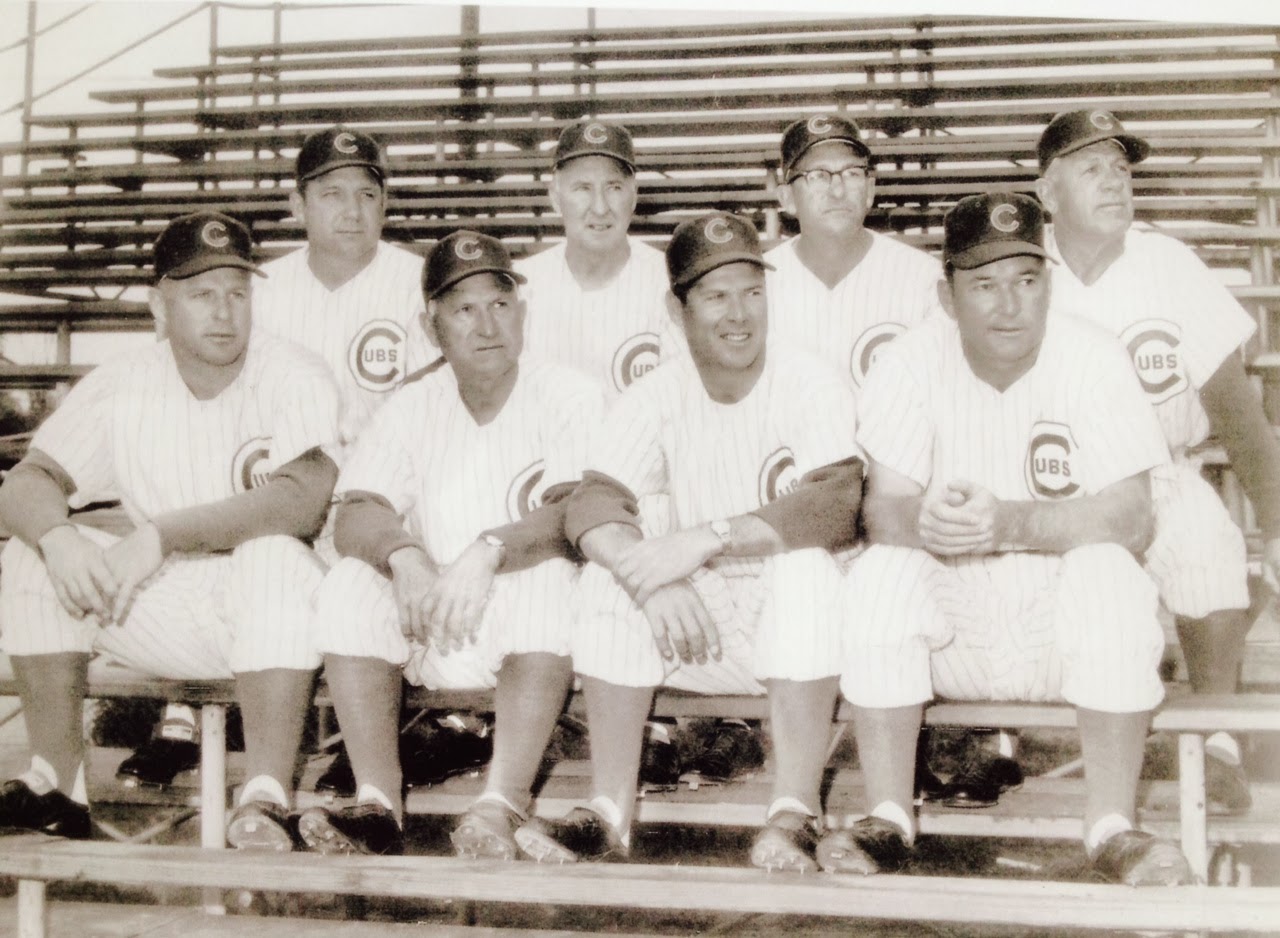
Coaches” [Ed. note: DON”T REMIND ME!- GL] as a strategy back in the early ’60s.
We had Ted Williams’ “Science of Hitting.” We’ve had the PED era (tacitly ignored as players bulked up like the Incredible Hulk). We have the current analytical era of launch angles and spin rates and yawn inducers (oh, sorry, that’s my version of launch angle when my chin shifts to my chest in the top of the seventh in a four-hour game).
ENTER P.K. WRIGLEY
But one of the forgotten, more formal “scientific” methods was one introduced by the Chicago Cubs in the late ’30s. In both 1936 and 1937, the Cubbies finished as bridesmaids in the National League after losing the World Series in 1935. Three years prior, P.K. Wrigley took over the Cubs when his father William passed away.
P.K. was entrenched in the family’s gum empire prior to his ascension to the baseball throne. Wrigley was also a proponent of “industrial psychology” in the running of the family business. He experimented with both technology and psychology to turn the company into the leader in the chewing gum industry. He even used studies on the effect that chewing gum had on relieving anxiety, stress, monotony, and tiredness on everyday consumers!
ANOTHER HARE-BRAINED WRIGLEY SCHEME…
Using some of the principles that were helpful in running his gum business, Wrigley came up with the idea of applying some of those principles to the ball club. At that time, there was a renowned professor at the University of Illinois who specialized in psychology and athletics with a credited course and a laboratory for “Research in Athletics.” He was a published author on the subject.
During the 1937 off-season, P.K. Wrigley hired Coleman Griffith from the university to assess the Cub players and manager Charlie Grimm. He analyzed the
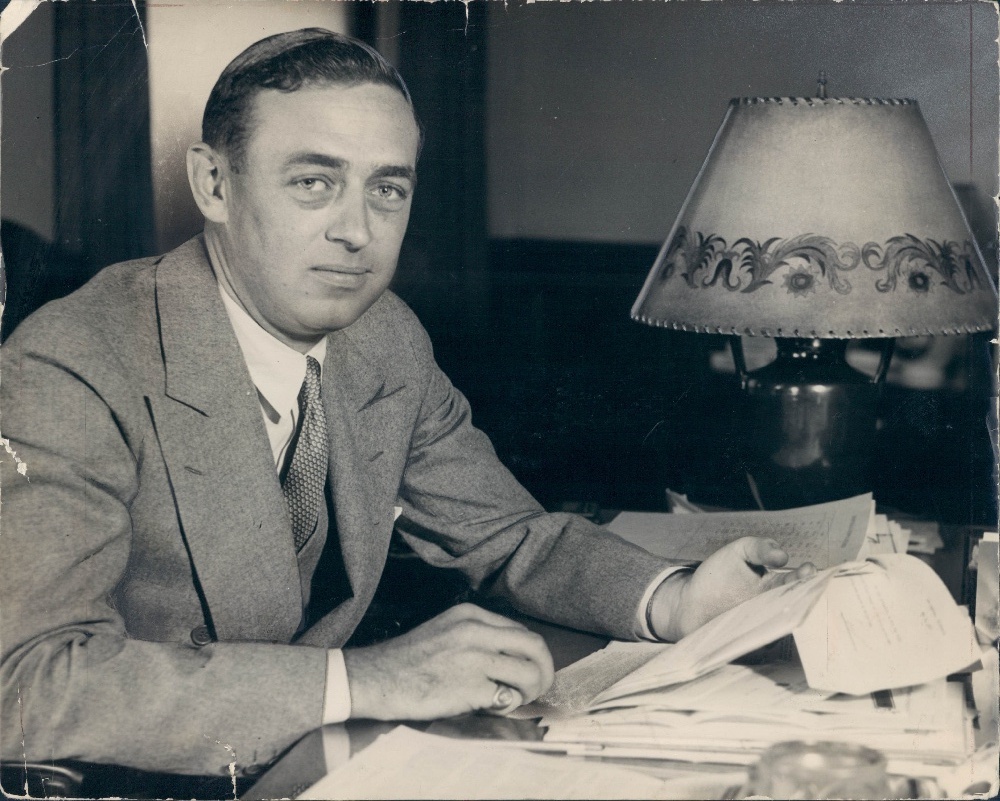
operating procedures of almost every facet of the organization including eating habits, sleeping habits, and the cliques players formed in the clubhouse. He even studied the impact of wives attending games.
The result was what we would call a “white paper” today. It was entitled “General Report of the Chicago National League Ball Club Experimental Laboratories.” Griffith also took film of players both practicing and playing. He and his associates were probably the first to chart pitches and locations, but not just of the pitchers. He also took note of the Cubs’ batters and their reactions.
Players were rated in 14 categories that included both physical and emotional attributes. They were then ranked on a scale from 0 to 7. They then came to some real earth-shattering conclusions; for instance, that players higher up the pay scale should be playing more often!
YOU’D NEVER GET AWAY WITH THIS TODAY…
Interestingly, Griffith’s report even commented on the effect wives’ presence had on the club. He inferred that it was detrimental to have them present as they would “form rivalries and jealousies based on the individual husbands’ performances”! He overlaid that with the players’ positive spirits on the road when there were no wives present. This, he concluded, as being more positive.
No surprise, Cub manager “Jolly Cholly” Grimm did not take Griffith’s methods to heart. As a result, Griffith was very critical of Grimm in his report. Who knows what real impact the report had, but in mid-season 1938, Grimm was fired and replaced by Gabby Hartnett. The Cubs were in third place, 4 1/2 games behind Pittsburgh. As we all know, the “Homer in the Gloamin” made Hartnett and the Cubs pennant winners again that year.
Which leads to the old proverbial question: What came first? Did the report undermine the players and Grimm? Was Hartnett following the analytical report thus making a self-fulfilled prophecy? Nay! Griffith didn’t think highly of Hartnett either, expressing a need for more studies and more teaching and coaching.
WERE THE CUBS AHEAD OF THE TIMES?
Maybe the Cubs were ahead of their time in that much of the focus of the report is part of today’s game. Teams now have nutritionists, extensive use of “film” and even the player’s psychological aspect is ingrained into today’s game.
So, as science evolves, so it seems does the game. However, I would like you to get off my lawn so I can enjoy the game the way it used to be played!
Paul Doyle
Sources: Memories and Dreams/Fall 2012
Baseball Reference
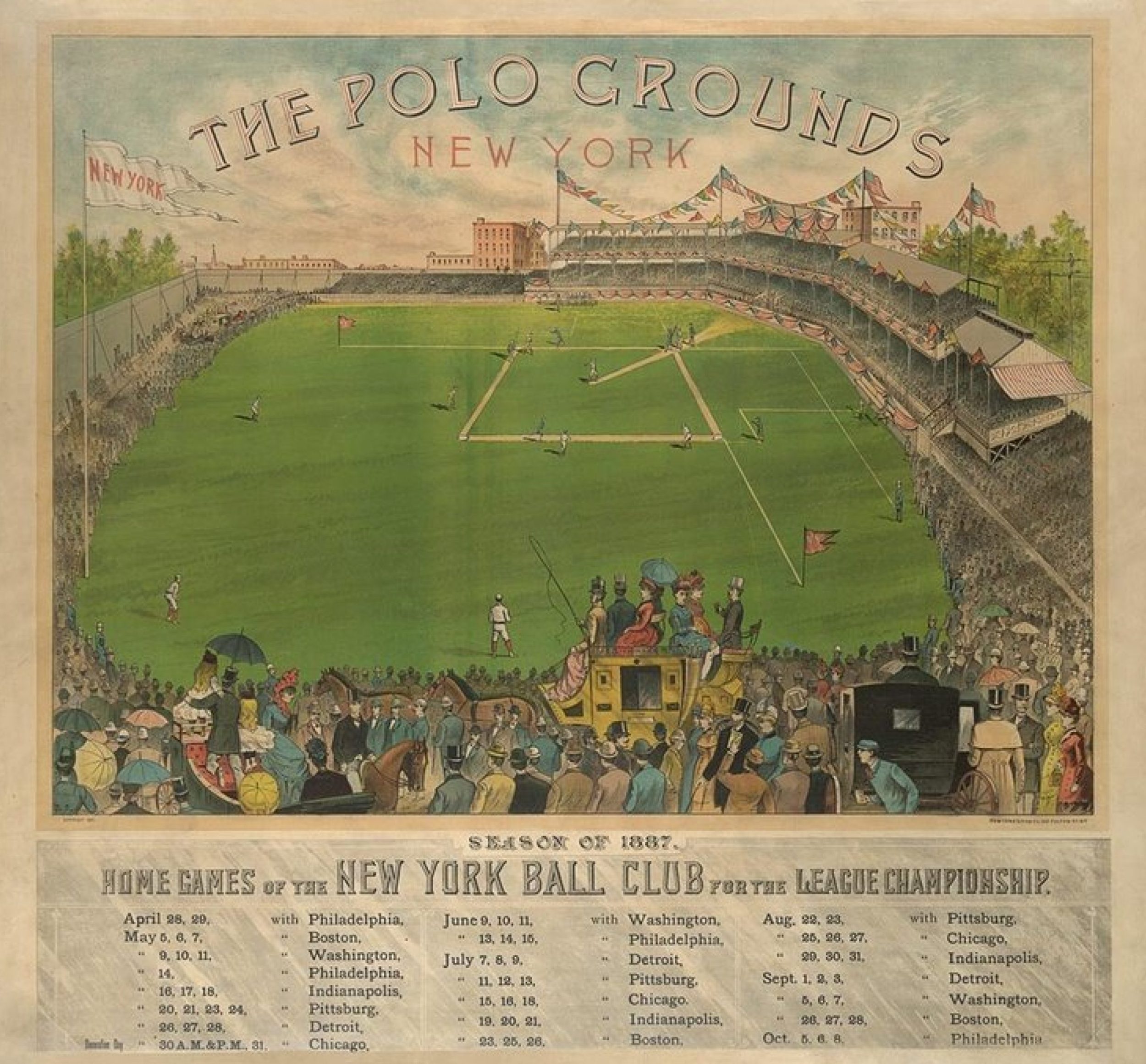
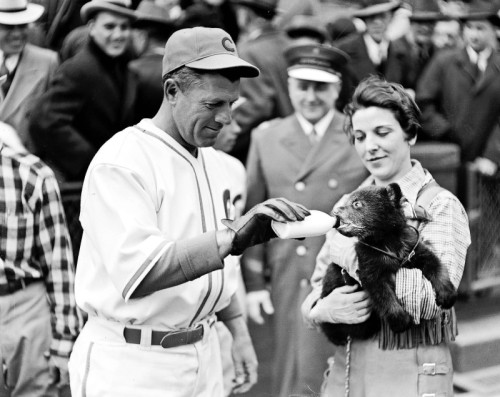
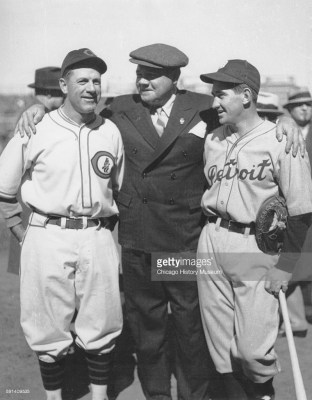
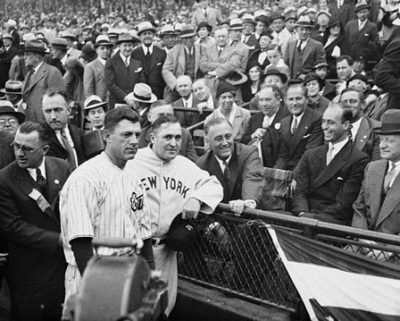
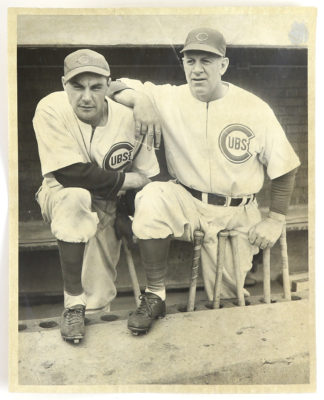
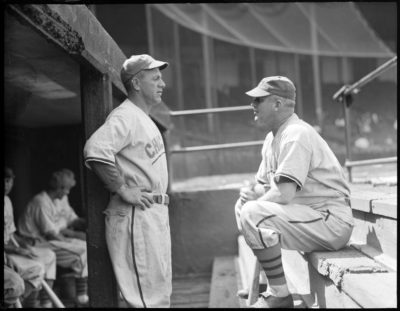
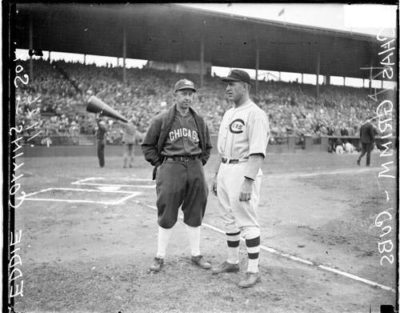
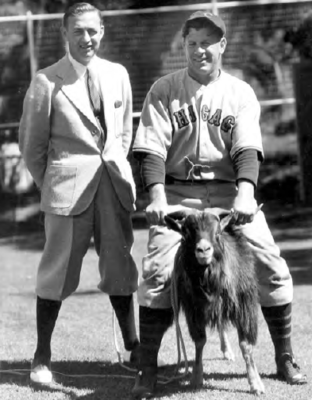
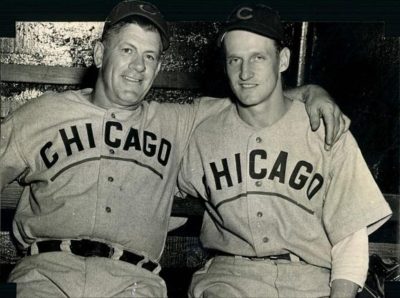
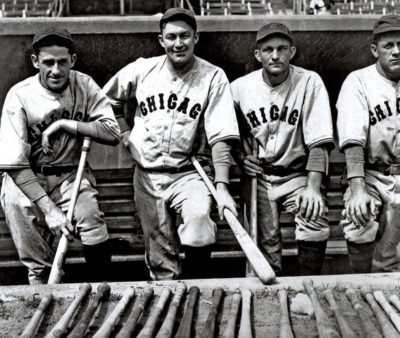
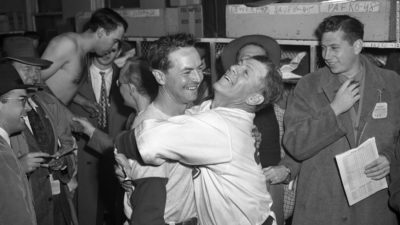
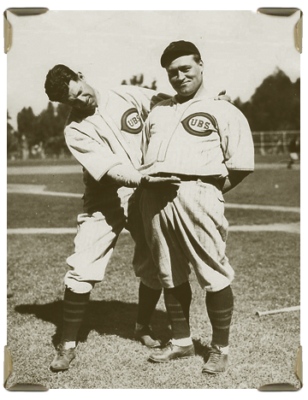
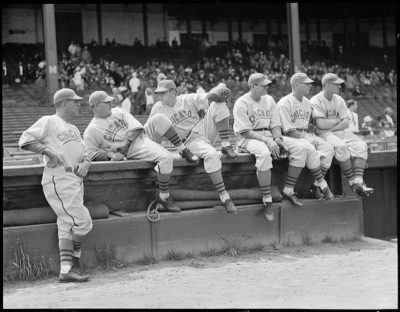
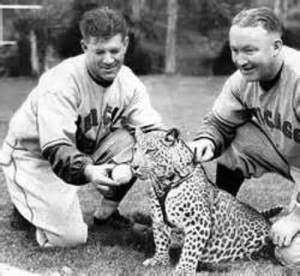
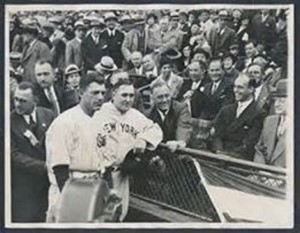
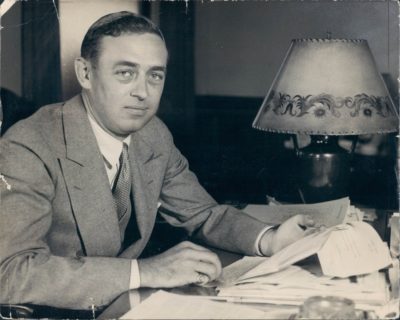
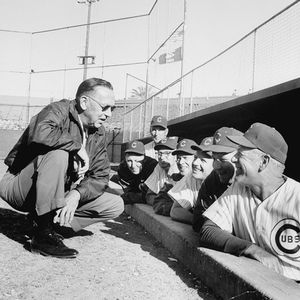
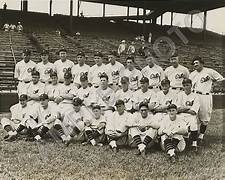
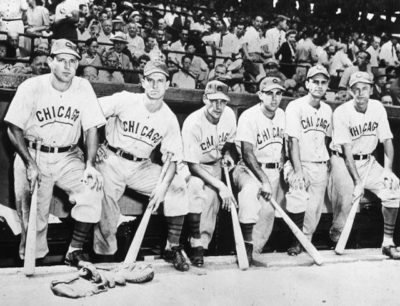
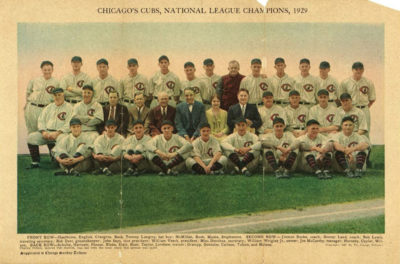
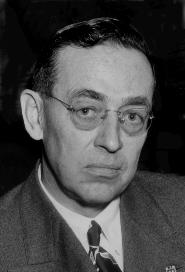
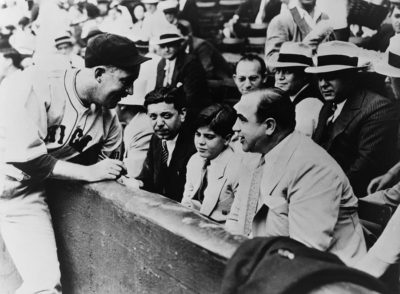
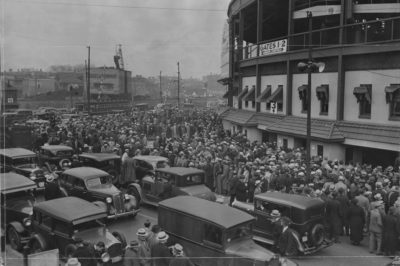
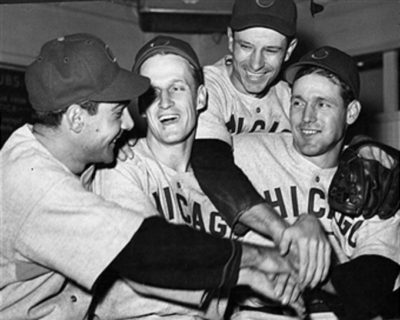
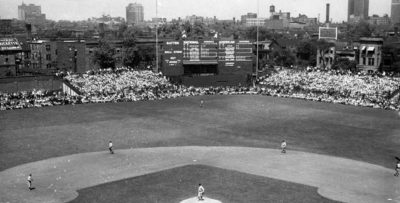
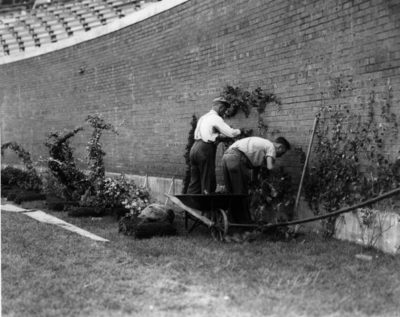
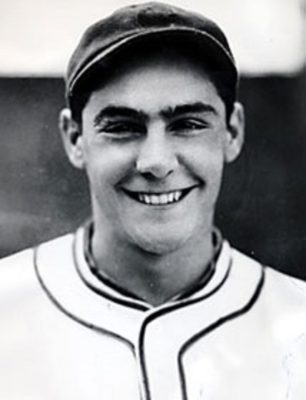
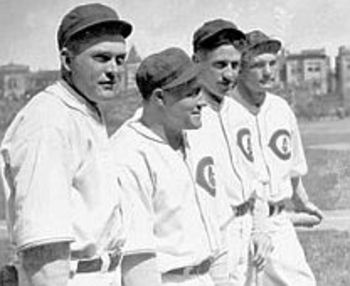
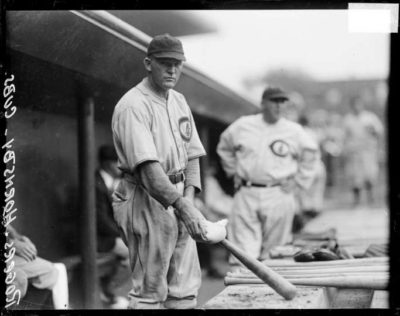
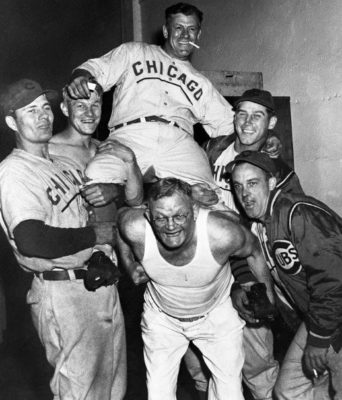

Fun stuff, Paul. Sounds like early analytics, and we all know what today’s analytics are doing to the game. That makes what Wrigley did quite interesting. As for today’s analytics . . . a big Phooey.
Bill,
Yup. As Yogi once said,
“The future ain’t what it used to be”.
I always got a kick out of Ty Cobb’s study of phrenology. A late 19th, early 20th century quack medical fad in which you supposedly could tell a person’s characteristics by the shape of their skull and facial contours. Armed with this “knowledge”, Ty determined that flamethrower, Walter Johnson was kindly, based on his bone structure and wouldn’t want to hurt anyone with his fastball, so therefore, Ty could crowd the plate without fear. The Big Train plunked 205 batters in his career, twice leading the league, but I guess, whatever works for you!
I wonder what Cobb would think of “Bump” Wills?…😁
I remember that The Judge, owner of the The Natural’s New York Knights, hired a “psychologist” (1939 vintage) to rally the last-place Knights by, I believe, “visualizing.” Our hero Roy Hobbs scoffs at the carnival-like presentation and storms out of the room.
Reflective of P.K.’s efforts? Anyway, the Knights start winning, which MAY have had more to do with Hobbs’ hitting than visualizing. And, really, wasn’t Hobbs’ pennant-winning blow its own “homer in the gloaming”?
Based on the predominance of analytics, it won’t be long until a baseball film comes out entitled, “The Math-ural”.
Roy Velo keeps his algorithmic computer called
Wonderlick in a special case as he travels from city to city.
Tragedy occurs when a missed launch angle swing causes a backdraft wind measured at 120 MPH creating a black hole that swirls the team to a cornfield in Iowa.
“Is this heaven?”, asks the batter.
“No, it’s GPS co-ordinates 42.4836 degrees N;91.1141 degrees W.”, says Velo.